Fujifilm XF 16-55mm f2.8 R LM WR Lens Review:
When Fuji introduced the X Series, they primarily concentrated on producing prime lenses. They later started to introduce some decent zooms but Fuji really wanted to attract an even broader range of photographers, especially users of full frame DSLRs and pros, which meant they needed to produce professional grade zoom lenses. What do I mean by professional grade zooms? I mean high grade glass, fixed apertures, and traditional zoom focal length ranges that pros and DSLR users are accustomed too. For instance, there are many full frame DSLR users who like to use a 70-200mm f2.8, so Fuji introduced the 50-140mm f2.8, which is a 76mm to 213mm equivalent lens (my review of this lens here). Another lens that many full frame DSLR users are accustomed to is a 24-70mm f2.8 because of its overall versatility. This is why Fuji released the XF 16-55mm f2.8 R LM WR lens, which gives an equivalent range of 24-84mm.
Fujifilm XF 16-55mm f2.8 R LM WR Lens Build Quality:
In terms of build quality, the XF 16-55mm f2.8 is definitely built to handle pro use. It’s a very solid feeling lens with no signs of flexing or inferior workmanship. In other words, everything is assembled very tightly. The exterior is all metal including the focus and aperture rings. Speaking of, the focus ring is smooth to operate, and the aperture ring clicks nicely in third stops. It stays securely in whatever position you leave it. The zoom ring also has a nice feeling to it. Compared to the XF 18-55mm f2.8-4, the zoom ring feels slightly firmer but just as smooth, which is actually really nice. Lastly, this zoom also comes with a petal shaped lens hood that is reversible to save space when you put the lens back in the bag. The hood isn’t that large either, when you consider the overall size of the lens.
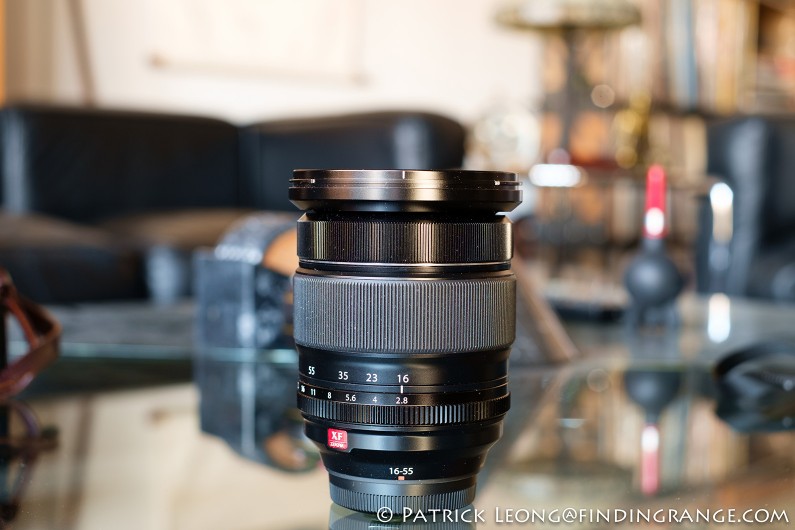
↑ The XF 16-55mm f2.8 R LM WR lens.
Of course, Fuji didn’t stop there. Don’t forget, the XF 16-55mm f2.8 R LM WR lens is suppose to be their flagship standard zoom, so it has to be the best that the X Series offers. In addition to excellent build quality, the XF 16-55mm f2.8 can also handle the worst that Mother Nature can dish out because it is weather and dust sealed. It can also operate in temperatures as low as -10ºC.
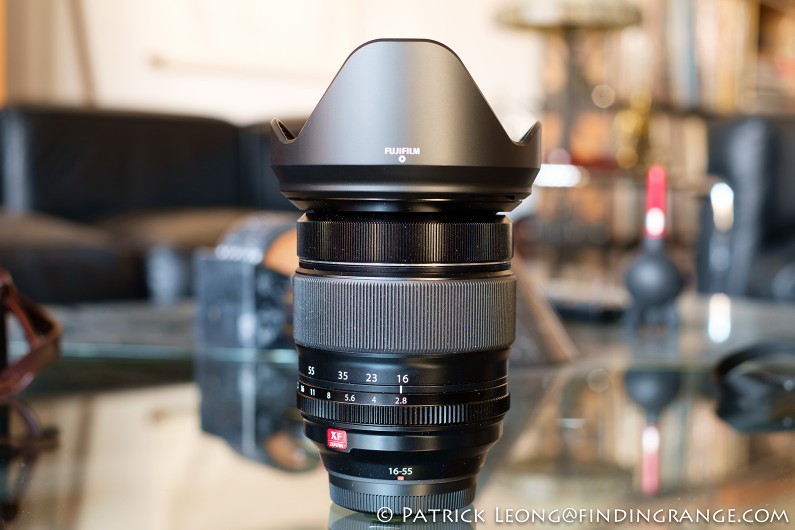
↑ The XF 16-55mm f2.8 R LM WR lens with its petal shape lens hood.
Overall, the XF 16-55mm f2.8 is definitely one of the better built Fuji X Series lenses but because of this, the focal range, and its fast fixed aperture, it’s larger and heavier when compared to say the XF 18-55mm f2.8-4. In my opinion, there’s a significant difference. To give you an idea of what I mean, let me give you the specs real quick: The XF 18-55mm f2.8-4 weighs 310 g, and uses a 58mm filter whereas the XF 16-55mm f2.8 weighs 655 g, and uses a 77mm filter.
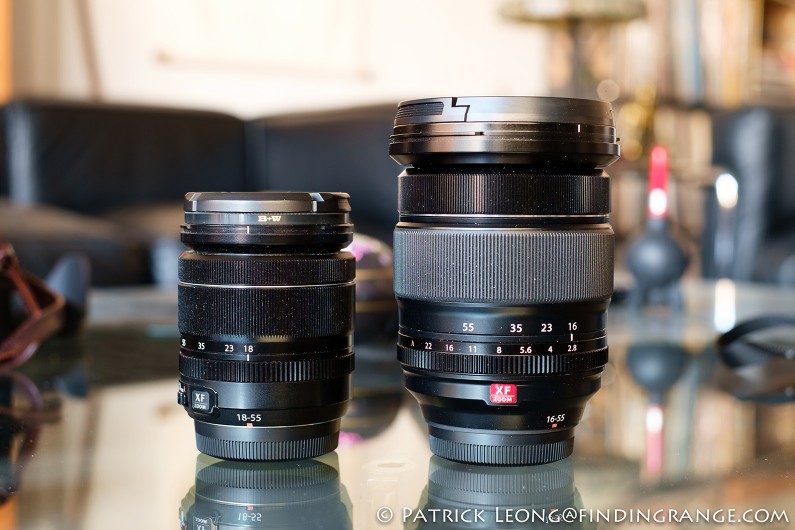
↑ The XF 18-55mm f2.8-4 vs. the XF 16-55mm f2.8.
When I first pulled the XF 16-55mm f2.8 R LM WR lens out of the box, and attached it to my X-T2, I was a little surprised at how much heavier it made my camera feel. My camera definitely had that front heavy feel. In comparison, the 18-55mm f2.8-4 balances really nicely on the Fuji bodies. Of course, I understand that since this is Fuji’s flagship standard zoom, it’s going to have more glass, the build quality is going to be better, etc. but it’s definitely something worth mentioning. Also, since we’re talking about the issues of this lens, I might as well mention that the one feature its missing, which might annoy some, is image stabilization.
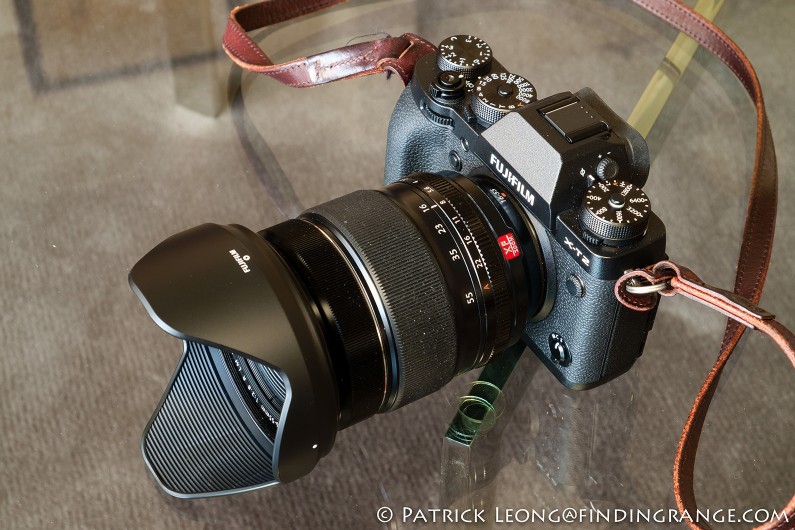
↑ The XF 16-55mm f2.8 R LM WR lens mounted on the X-T2.
Fujifilm XF 16-55mm f2.8 R LM WR Lens Autofocus:
As for the autofocus, with its Twin Linear Motor, it’s both silent and fast. In fact, Fuji states the AF speed can lock on to a subject in as little as 0.06 seconds. I have no reason to doubt this because during my time with the XF 16-55mm f2.8, I didn’t really have much trouble with the autofocus at all. Not only was it quick, it was quite accurate whether I was in bright lighting or dimly lit conditions. It did slow down very slightly in very dim lighting but not enough to make me miss any shots.
Fujifilm XF 16-55mm f2.8 R LM WR Lens Image Quality:
So far, it seems that Fuji has the right ingredients in making a superb lens but to really make this a flagship standard zoom, it needs to do really well in the image quality department. The good news is that not only does the XF 16-55mm f2.8 R LM WR lens score very well, it is one of the best zooms I’ve used from Fuji, and I feel at times, that this zoom can compete with some of Fuji’s prime lenses.
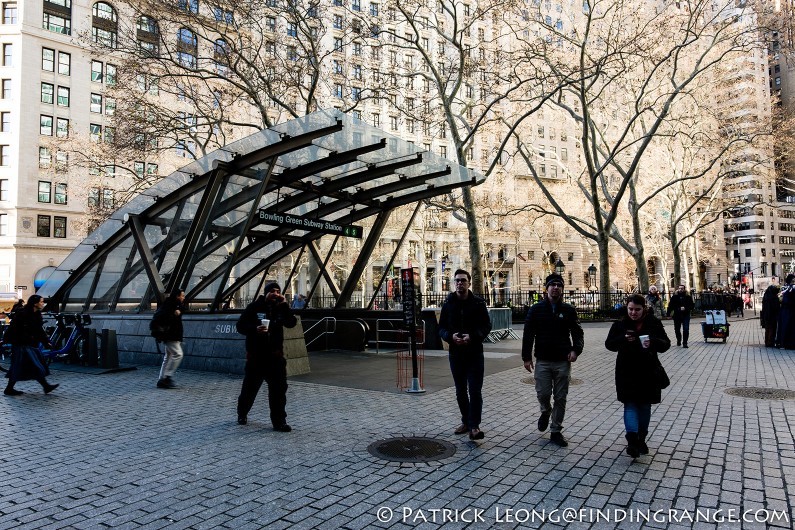
↑ f8, 16mm focal length.

↑ f5.6, 27mm focal length. As you can see, this lens is plenty sharp, and I love the color rendering.
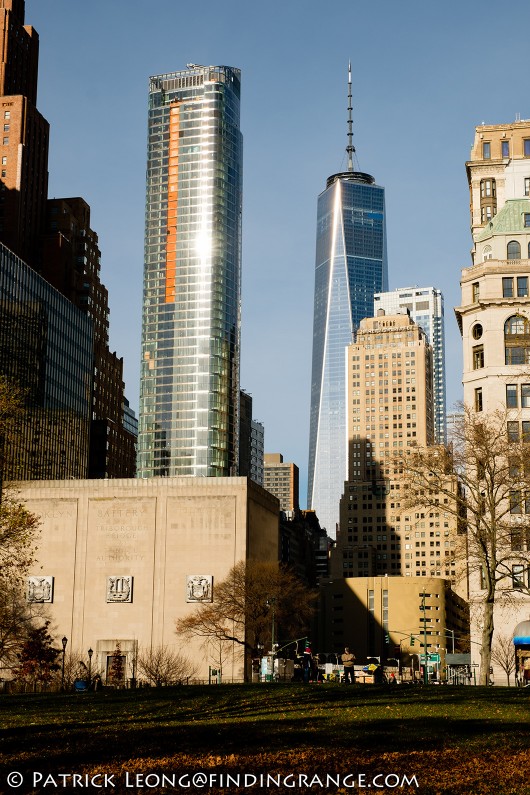
↑ f11, 37mm focal length.
For one, this lens is really sharp. In general, edge to edge sharpness is pretty impressive in my book. At f2.8, I found the corners do really well…surprisingly well, actually. They definitely did much better than I expected. Stopping down to just f4 for essentially the entire zoom range, sharpens corners further. Overall, I feel the absolute best performance, in terms of sharpness, is using the 16mm focal length. The truth is, even at max aperture, center sharpness at 16mm is excellent. As you use the longer focal lengths, sharpness doesn’t quite match the same level as you would get from 16mm. But overall, you’re still going to get very sharp images no matter what focal length you choose. Check out the images, and you’ll see what I mean.
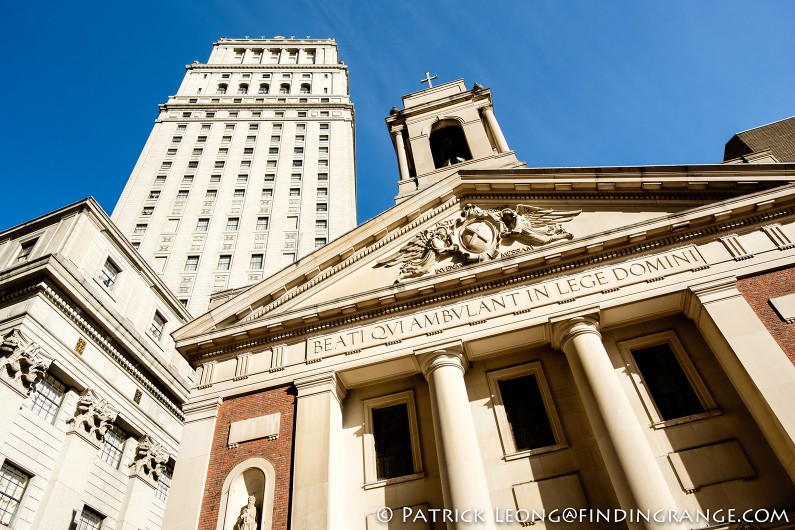
↑ f8, 16mm focal length. This lens is ultra sharp at its widest focal length.
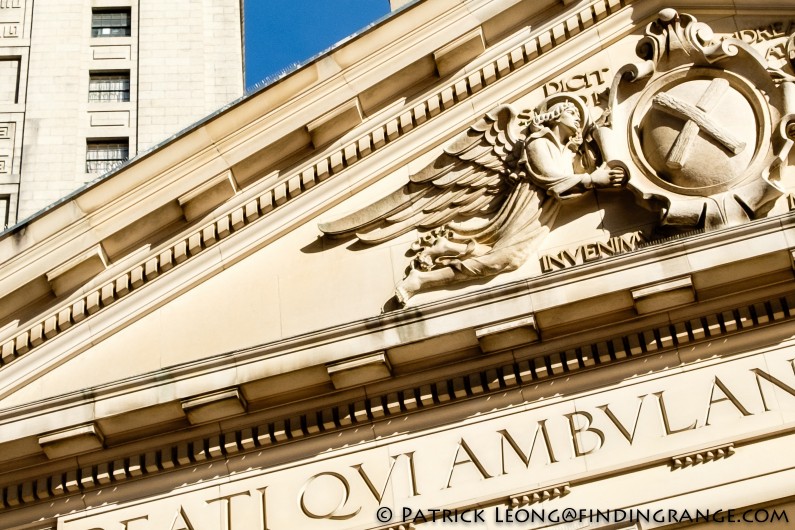
↑ 100% crop of the image above.
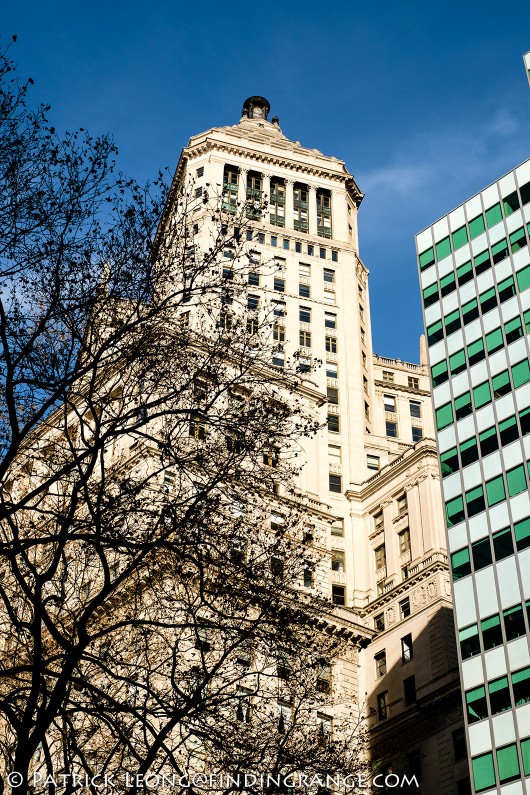
↑ f8, 34mm focal length.

↑ Here’s a 100% crop of the image above.

↑ f2.8, 41mm focal length.
In addition to being a very sharp lens, the XF 16-55mm f2.8 R LM WR lens has many other great characteristics like decent color rendering and contrast. Images have a really nice clarity to them. Pictures have depth, and I found this lens to be very flare resistant, which I imagine is thanks in part to Fuji’s HT-EBC (High Transmittance Electron Beam Coating), and Nano-GI (Gradiant Index) coating technologies. There is some barrel distortion when using the 16mm focal length but I found vignetting is pretty well controlled at f2.8. By f4, I found vignetting to be essentially insignificant.
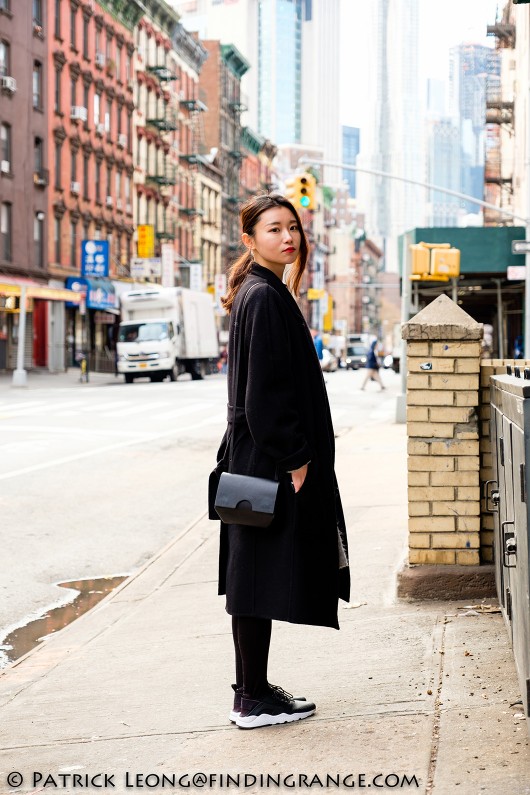
↑ f2.8, 40mm focal length.
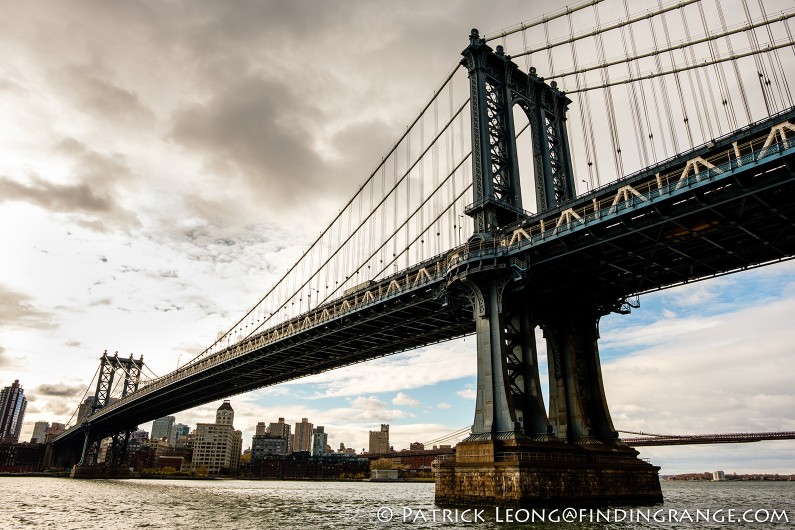
↑ f8, 16mm focal length.
↑ f2.8, 55mm focal length.
Fujifilm XF 16-55mm f2.8 R LM WR Lens Bokeh:
As for the bokeh, I actually found it to be pretty decent. Truthfully, I don’t expect much, in terms of bokeh, from zooms like this given their focal length range and maximum aperture speed. It’s another reason why I prefer primes. If I’m looking for bokeh, I normally go for lenses like the XF 56mm f1.2 APD R lens or the XF 90mm f2. But after some testing, I got some results I was really happy with. With 9 aperture blades, the XF 16-55mm will still produces nice, circular bokeh. You’re obviously going to get better, and smoother bokeh from a fast tele prime but at the same time, if all you can carry is this zoom, you’re still going to get decent results.

↑ f2.8, 49mm focal length. You may not get as much shallow depth of field as the XF 56mm f1.2, for example but it’s still plenty smooth.
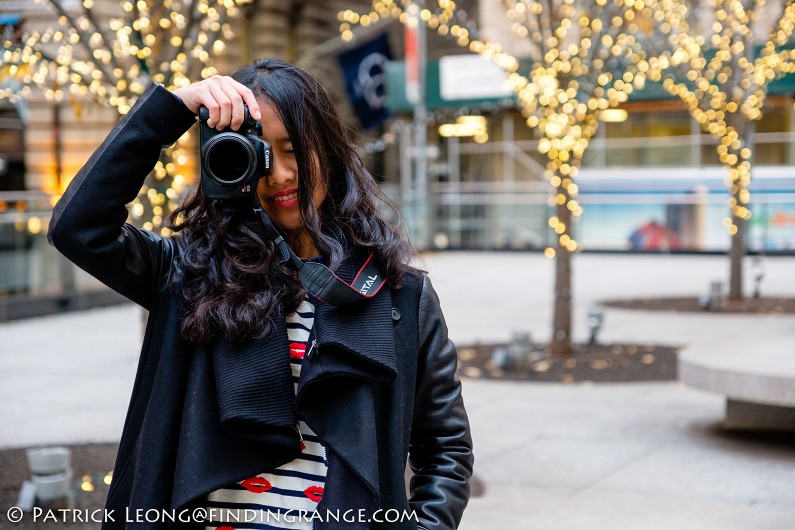
↑ f2.8, 52mm focal length. As you can see, you’ll still get nice bokeh balls.
Fujifilm XF 16-55mm f2.8 R LM WR Lens Pros And Cons:
Fujifilm XF 16-55mm f2.8 R LM WR Lens Pros:
- Professional build quality.
- Weather and dust sealed.
- Fast and silent autofocus.
- Excellent image quality rivaling some of Fuji’s prime lenses.
- Decent bokeh for a zoom with this focal length range and maximum aperture speed.
Fujifilm XF 16-55mm f2.8 R LM WR Lens Cons:
- Heavy and large.
- Some may prefer image stabilization, which this lens doesn’t have.
Fujifilm XF 16-55mm f2.8 R LM WR Lens Verdict:
In general, unless it’s some sort of zoom with a unique focal length (at least to me) like the XF 100-400mm, I’m not a huge fan of zoom lenses. I’ve shot with primes all my life, and they work best for me. With that said, the XF 16-55mm f2.8 R LM WR lens is one of the few zooms in this range that I have enjoyed using quite a bit mainly because I really like the optics. However, I won’t be trading in my XF 18-55mm f2.8-4 anytime soon for one of these. No matter how much I like the optics, I just feel like my XF 18-55mm is better balanced on the Fuji cameras, and for what I do with my Fuji gear. Furthermore, the XF 18-55mm’s optics are excellent as well, and for what I use the zoom for, a smaller and lighter one make more sense for me.
But if you’re a person that depends on a zoom of this focal length range a lot, there is no denying the many great benefits of the XF 16-55mm f2.8. For one, having that fixed aperture can really make a difference at times. In addition, the build quality is truly professional grade. Not only is it a solid lens, it is dust and weather resistant. Lastly, when compared to the 18-55mm, the optics of the XF 16-55mm are superior. If all these characteristics are what you are looking for in a standard zoom, and you’re after the best that Fuji offers regardless of size, then this may be the lens for you.
Thanks for taking the time to read my review! If you’re considering purchasing the XF 16-55mm f2.8, and my review helped you decide, please help support this site by purchasing from any of the links in this review. It will not cost you anything extra. Thank you for your support!

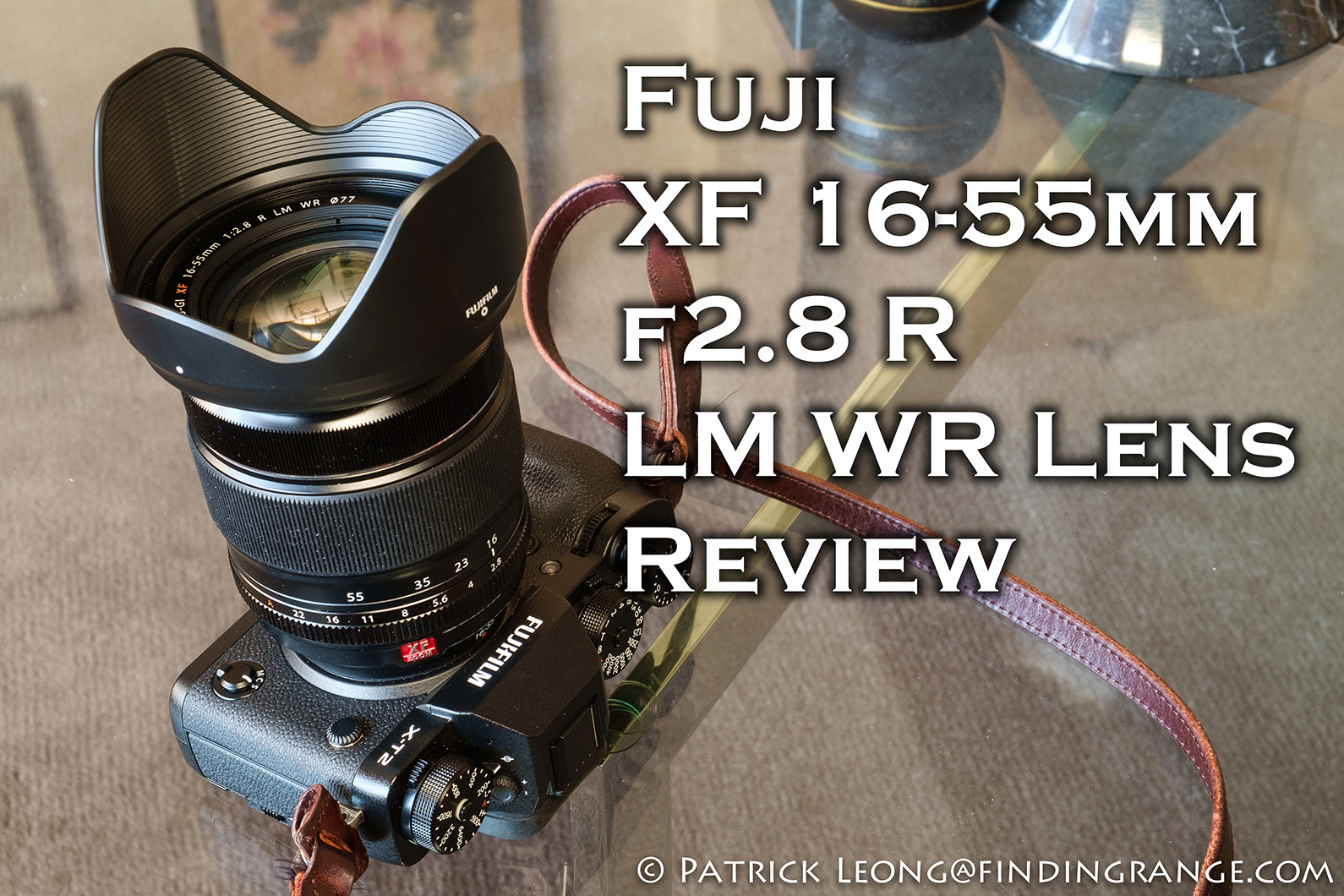

I really hope they add in ois though,i will buy it immediately,haha..but currently Malaysia ringgit is dropping free fall so i don’t think i can afford the v2 anymore…..sad…btw your fren gt a canon.is time to go fuji,hahaha
Hi Meng,
Yes, OIS would be nice for this lens although I have to admit that it’s still easy to shoot with…and about my friend, trust me, I’ve been trying to convince her haha :).
Best,
Patrick
Hello Patrick,
This review could not have come at a better time as I just made the decision to pair my Leica Q with another Fuji interchangeable lens camera & will pick up a new X-Pro2 w/ the 35mm f/2 lens in two days. If the 18-55mm kit zoom had been available as a package with this body like it is with some others during the rebate offers, I would have just squeezed the credit card a little harder to also get that lens. But now I am thinking that this 16-55 might work to do the job of the 18-55 & a 14 for less total expense. I wish the zoom had OIS & don’t understand the decision to leave it out other than trying to keep the size & cost down a little. Also you mentioned wide open the zoom has some pretty noticeable barrel distortion & vignetting – do you think that this is because there is no lens correction built in, relying instead on the software distortion correction in programs like Lightroom? Maybe also for size & cost reasons? My plan is to try to accomplish what I want with the smaller primes, so the 23mm f2 & the planned 50mm f2 will be the next choices to augment the Q’s 28mm f1.7 lens. At least at this point in time compared to when I last had my Fuji gear, there are many more lens options available – just mostly very large lens sizes compared to how Fuji started out with the 18, 35 & 60. So enjoyed finding this review today & will plan on going back to re-read your other Fuji lens reviews. Hope you’re having some time away from your blog to enjoy the new SL! Cheers,
Jed
Hi Jed,
Thanks for taking the time to read my review! No worries, correction is applied for barrel distortion and vignetting. I thought I had mentioned that but must’ve forgotten. Also, the planned 50mm f2, sounds really cool, and I can’t wait to review it. I’ve used my 50mm Summicron on my Fuji gear before, and it gave me some nice results. I think it will be a nice focal length/aperture speed combo, if the optics are good.
As for my SL, I thought I would have more time this weekend but didn’t manage to find any to use it. I was in the process of finishing up with the Sony RX100 V. I’m hoping to soon though, since I plan on writing a big review for it :).
Best,
Patrick
Hi Patrick,
Do you recall if this barrel & vignetting correction for the 16-55mm is optically built into the lens or like with 35mm f2 I’m getting, they rely on software distortion correction to do the job? I understand the former is probably usually the better way to go but costs more & makes for bigger lenses, & the latter sometimes can effect other aspects of image resolution after editing, i.e., softer corners. Is this your understanding as well? Look forward to your big review of the SL, & that hopefully will allow you to get more time with it. And I pick up my X-Pro2 & 35mm f2 today – WooHoo! Cheers,
Jed
Hi Jed,
I believe it’s software. The former would probably be the better way to go but than we will probably be talking Leica prices lol. With all this said, this is a review, so I’m going to be looking for everything. Overall though, this is one of the best zooms from Fuji. The image quality is at least as good as some of their primes. By the way, congratulations on your new Fuji kit! I hope you enjoy it!
Best,
Patrick
In some sample photos taken soon after the lens was launched there was a lot of CA and I also read a criticism about it in an early review. I can’t see any in your photos and the bridge shot was a pretty severe test. You didn’t see any?
I have a 16mm f/1.4. Have you used one and if so how would you rate the zoom against it (at 16mm)?
Hi Hal,
Sorry for the late reply, and thanks for taking the time to read my review! I went back to look at the photos again, and the only one where I saw a very slight (I want to emphasize a slight here) amount of CA was with the photo of my friend holding up the Canon. It was only around the hand that she used to hold up her camera, and I had to zoom in at 200% to really even see anything. Otherwise, the lens was fine for me. The lens I had on loan was a brand new production version as well.
As for the 16mm f1.4, I reviewed it a long time ago, and since I didn’t have it on hand while I was reviewing the zoom, it’s hard for me to say how the two compare with each other. I remember really enjoying the 16mm, and the optics being absolutely superb. If I had to go on feeling, I would pick the XF 16mm f1.4 over the zoom.
I hope this helps!
Best,
Patrick
Thanks for your reply, Patrick. I wonder whether Fujifilm tweaked the optics or firmware. If I’d seen your review of the 16-55mm before buying the 16mm f/1.4 I might have gone ahead with my original plan to buy the zoom but I think it worked out for the best because I love the big aperture and close focus distance (6cm in front of the lens) of the prime. It gives really exciting spatial effects and perspectives. And it’s so much lighter in weight.
Not a problem, Hal. It’s funny because there are some that swear by this lens, and some that have had issues with it. I used it for a long time, and I had a really good experience with it. I found it to be one of Fuji’s best but I don’t think I would ever buy it. I don’t really use zooms that much, and therefore, the more compact 18-55mm kit lens fits me better. As I said earlier, I’d probably pick the 16mm f1.4 over the zoom as well :).
Best,
Patrick
Thank you for the review. Seems alright for wide angle stuff. Portraits are rubbish, no match for the primes.
Hi PK Hunter,
Thanks for taking the time to read my review, and for leaving your input!
Best,
Patrick
I have a question, when I shoot a video, when I change the aperture, does it jump or is it smooth?
Hi Martin,
Apologies for the late reply! I reviewed this lens a long time ago, and it was loaner. So, I don’t have it anymore to test it but I had a friend try out his copy for me, and he says it jumps a little but it’s still pretty smooth. He went through the entire aperture settings slowly, and quickly as well. I hope this helps, and again, apologies for the late reply,
Best,
Patrick